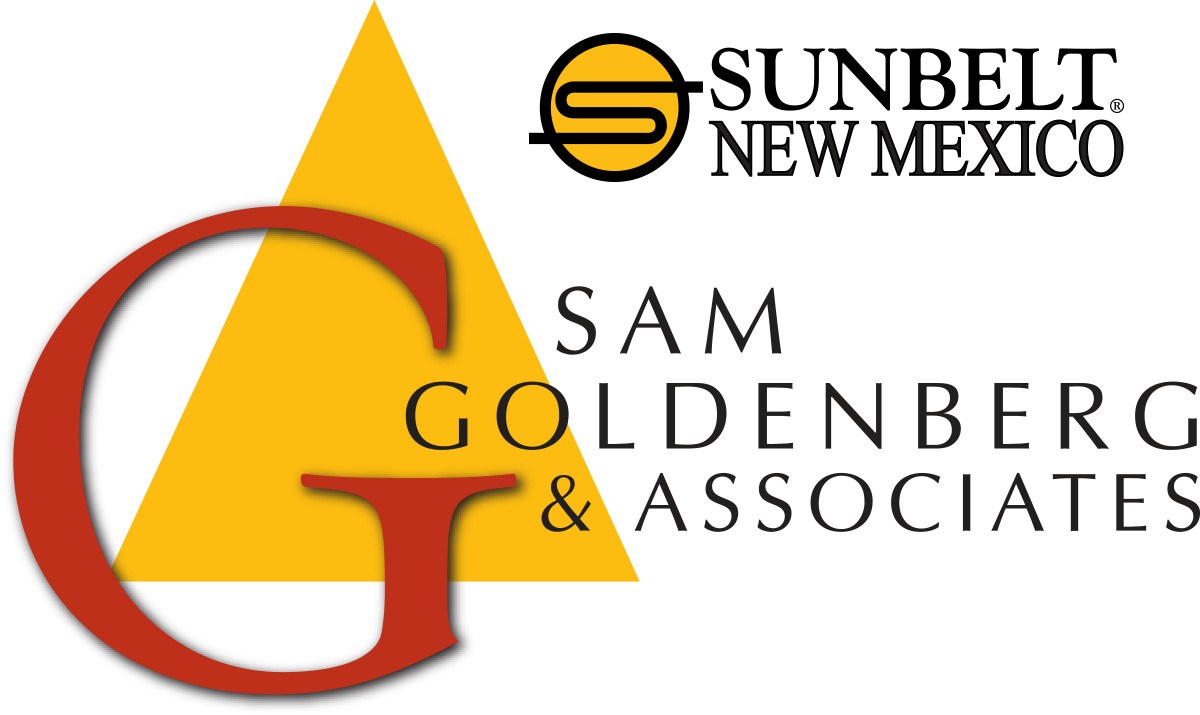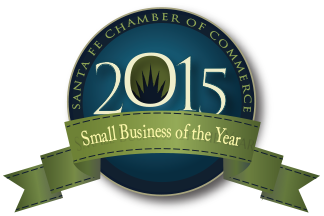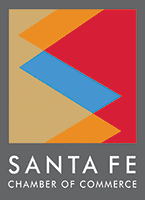27 Mar Resource Roundup – U.S. Chamber of Commerce Vice President Shares Relief Package Advice for Small Businesses
With the $2 trillion CARES Act economic relief package just passed in the House and President Trump expected to sign the bill into law today, small business owners will have access to new channels of support and payments. How can your business take advantage of these opportunities and be strategic during this time?
U.S. Chamber of Commerce Executive Vice President and Chief Policy Officer Neil Bradley shared insights and advice this morning in a virtual Town Hall meeting hosted by Inc. and joined by other experts. Here are some of the key takeaways from this session.
See the U.S. Small Business Administration and Chamber of Commerce for more information and extensive guidelines.
Bradley was optimistic that loans will be available within two weeks. “I would bet that if we were doing this call next week, we would be talking to folks who have already applied for the loans and were in the process of receiving it,” he said.
Panelists:
Neil Bradley, U.S. Chamber of Commerce
Kimberly Weisul, Inc. Editor at Large (Moderator)
David Barron, Cozen O’Connor
Marilyn Landis, Basic Business Concepts, Inc.
Shari Levitin, Shari Levitin Group
Christel Slaughter, SSA Consultants
Overview
A main goal of the stimulus package is to remove bottlenecks and roadblocks that might hinder receipt of relief. Sustaining employment is another important focus. To these ends, lenders are being added, high-risk limitations are being waived, and forgiveness policies are being implemented.
Who qualifies?
Businesses with 500 or fewer employees that would normally qualify for SBA loans will clearly qualify. Businesses may also be able to qualify based on revenue. Additionally, extensions are available for 501(c)(3) nonprofits, veterans, food and hospitality businesses (based on the headcount per location, not entire business), and self-employed contractors. Affiliate rules are relaxed for franchisees, food, and hospitality. The SBA cannot require collateral, and high-risk classification does not apply under these circumstances.
Timing
Bradley was optimistic that loans will be available within two weeks. “I would bet that if we were doing this call next week, we would be talking to folks who have already applied for the loans and were in the process of receiving it,” he said.
Amounts
The maximum loan size is $10 million. Loans will be based on payroll cost, specifically average monthly payroll cost in 2019 multiplied by 2.5. This includes wages for employees making under $100,000, paid sick leave, health care, and other benefits.
Forgiveness Policies
Dollar to dollar forgiveness will be implemented based on small business expenses during the 8-week period following the origination of the loan. Payroll, utilities, rent, mortgage debt interest will be directly subtracted from the debt.
Employee Headcount
The dollar for dollar forgiveness holds for employees whose wages are not cut by more than 25% for employees making $100,000 per year or less. It also holds for employees who may have been furloughed and brought back on board in response to the relief package.
Economic Injury Disaster Loans
Small businesses can request an immediate advance up to $10,000 on EIDLs. This advance does not need to be repaid, but the money does interact with the paycheck protection forgiveness program.
Caution
Forgiveness only applies to the extent you meet exact terms. Beware the backside and plan carefully. These loans are still debt, so be strategic about what you need. What expenses will increase as sales go up? Will normal cash flow be enough to cover repayments?
Note: This is a summary of information shared in the Virtual Town Hall and does not express the direct advice of Sam Goldenberg & Associates.









